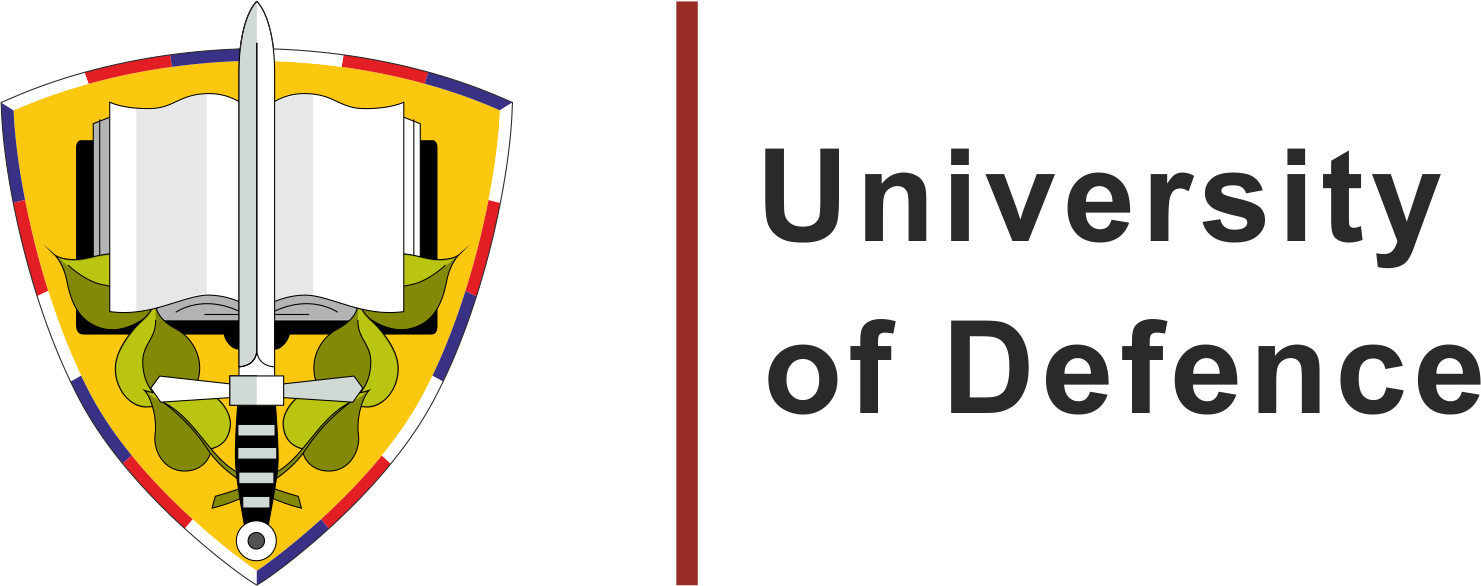Possibilities of Assessing Objectively a Flight Illusion Effect on a Pilot´s Spatial Orientation
DOI:
https://doi.org/10.3849/aimt.01212Keywords:
flight illusion, spatial orientation, flight data analysis, flight simulator, simulator‐based training, flight safetyAbstract
The pilot´s spatial orientation, same as any other human, relies on a combination of stimuli coming from their audio-visual, vestibular and proprioceptive perception system. However these instinctive perceptual methods can easily fail while perceiving real changes of attitude, position or movement and can also generate false illusions to each of the aforementioned parameters. This failure in a real flight is called “flight illusion” which can negative affect the pilot´s spatial orientation. The influence of a flight illusion on the pilot´s spatial orientation can be assessed either subjectively or objectively. The aim of this paper is to demonstrate one of the possible objective assessments of the flight illusions influence on the pilot´s spatial orientation using the flight data generated by an appropriate flight simulator which were analysed in MATLAB® software. The chosen method is based on the comparison of the digitalized standard instrument flight trajectories with the real flown trajectories in the time interval with potential flight illusion influence.
References
CHEUNG, B. Spatial Disorientation: More than just Illusion. Aviation Space and Environmental Medicine, 2013, vol. 84, no. 11, p. 1211-1214. https://doi.org/10.3357/ASEM.3657.2013.
BENSON, A.J. Spatial Disorientation – Spatial Aspects, Common Illusion and Motion Sickness. In ERNSTING, J., NICHOLSON, A.N. and RAINFORD, D.J. (eds.) Aviation Medicine. Oxford: Butterworth Heinemann, 1999, p. 419-471.
HOLMES, S.R. et. al. Survey of Spatial Disorientation in Military Pilots and Navigators. Aviation Space and Environmental Medicine, vol. 74, no. 9, 2003, p. 957-965. ISSN 0095-6562.
GIBB, R., ERCOLINE, B. and SCHARFF, L. Spatial Disorientation: Decades of Pilot Fatalities. Aviation Space and Environmental Medicine, 2011, vol. 82, no. 7, p. 717-724. https://doi.org/10.3357/ASEM.3048.2011.
PETRU, A. and FRANTIS, P. Concept of Improving Pilot’s Sensory Illusion Resistance. In International Conference on Military Technologies 2015, Brno: University of Defence, 2015. https://doi.org/10.1109/MILTECHS.2015.7153654.
KALLUS, K.W. and TROPPER, K. Evaluation of a Spatial Disorientation Simulator Training for Jet Pilots. International Journal of Applied Aviation Studies, 2004, vol. 4, no. 1, p. 45-56. ISSN 1939-0300.
KLYDE, D.H., LAMPTON A.K. and SCHULZE, P.C. Development of Spatial Disorientation Demonstration Scenarios for Commercial Pilot Training. In AIAA Modeling and Simulation Technologies Conference, 2016, San Diego: AIAA. ISBN 978-1-5108-2734-9.
SAZEL, M., PAVLIK, J., PETRICEK J. and SEDLATY, Z. Spatial Disorientation Training. In 53rd International Congress of Aviation and Space Medicine, Warsaw, 2005.
BORIL, J. SMRZ, V. LEUCHTER, J. and BLASCH, E. Increasing Flight Safety Using Flight Sensory Illusions on a Spatial Disorientation Simulator. In 35th IEEE/AIAA Digital Avionics Systems Conference (DASC), 2016, Sacramento: IEEE, p. 1-5. https://doi.org/10.1109/DASC.2016.7778095.
BLASCH, E. PACES, P. and LEUCHTER, J. Pilot Timeliness of Safety Decisions Using Information Situation Awareness. In 33rd IEEE/AIAA Digital Avionics Systems Conference (DASC), 2014, Colorado Springs: IEEE, p. 7D6-1-7D6-9. https://doi.org/10.1109/DASC.2014.6979525.
KOZUBA J. and PILA, J. Selected Elements Influencing Pilot Situational Awareness. Advances in Military Technology, 2015, vol. 10, no. 2, p. 45-55. ISSN 1802-2308.
WOCH, M., ZIEJA, M. and TOMASZEWSKA, J. Analysis of the Time between Failures of Aircrafts. In 2nd International Conference on System Reliability and Safety (ICSRS), 2017, Milan: IEEE, p. 112-118. https://doi.org/10.1109/ICSRS.2017.8272805.
REGULA, M. et. al. Study of Heart Rate as the Main Stress Indicator in Aircraft Pilots. In Proceedings of the 16th International Conference on Mechatronics, Mechatronika, 2014, Brno: IEEE, p. 639-643. https://doi.org/10.1109/MECHATRONIKA.2014.7018334.
SOCHA, V. et. al. Basic Piloting Technique Error Rate as an Indicator of Flight Simulators Usability for Pilot Training. International Review of Aerospace Engineering, 2016, vol. 9, no. 5, p. 162-172. https://doi.org/10.15866/irease.v9i5.10749.
Downloads
Published
License
Copyright (c) 2018 Advances in Military Technology

This work is licensed under a Creative Commons Attribution-NonCommercial 4.0 International License.
Authors who publish with this journal agree to the following terms:
1. Authors retain copyright and grant the journal right of first publication with the work simultaneously licensed under a Creative Commons Attribution License that allows others to share the work with an acknowledgement of the work's authorship and initial publication in this journal.
2. Authors are able to enter into separate, additional contractual arrangements for the non-exclusive distribution of the journal's published version of the work (e.g., post it to an institutional repository or publish it in a book), with an acknowledgement of its initial publication in this journal.
3. Authors are permitted and encouraged to post their work online (e.g., in institutional repositories or on their website) prior to and during the submission process, as it can lead to productive exchanges, as well as earlier and greater citation of published work.
Users can use, reuse and build upon the material published in the journal for any purpose, even commercially.






